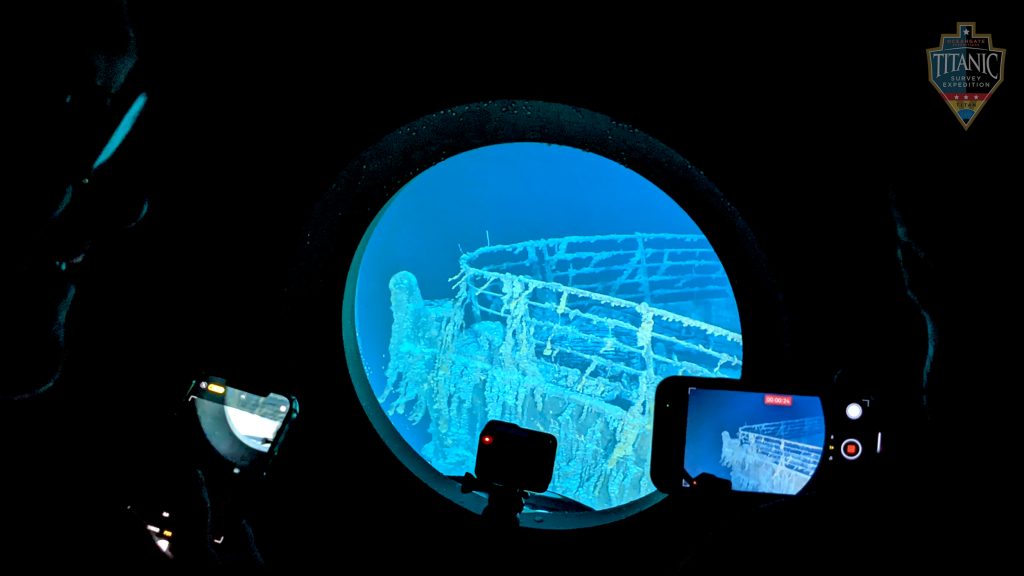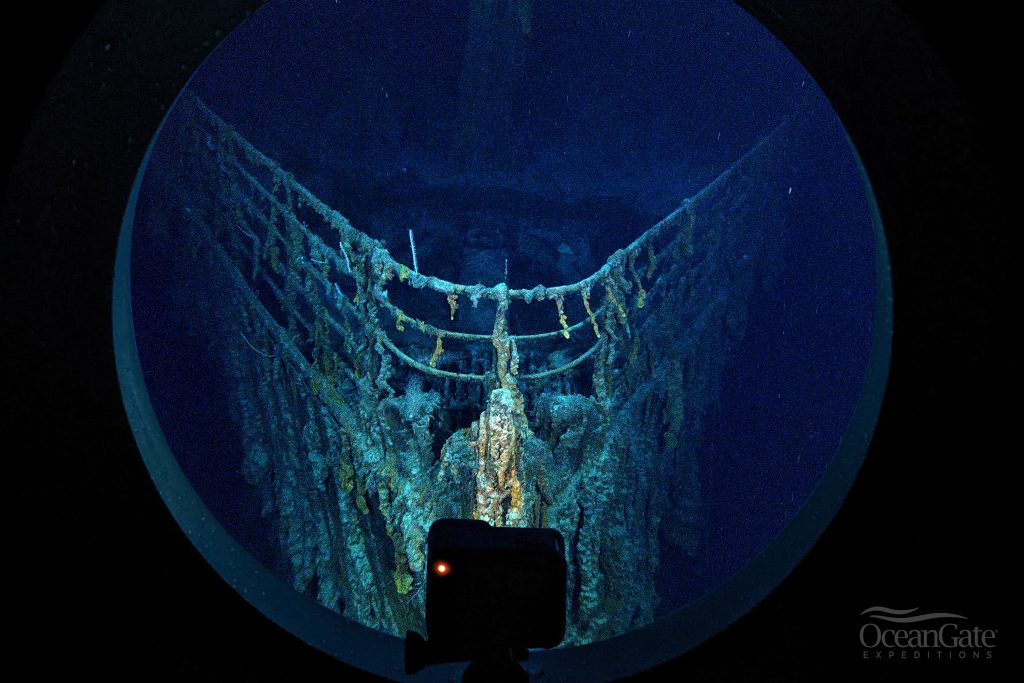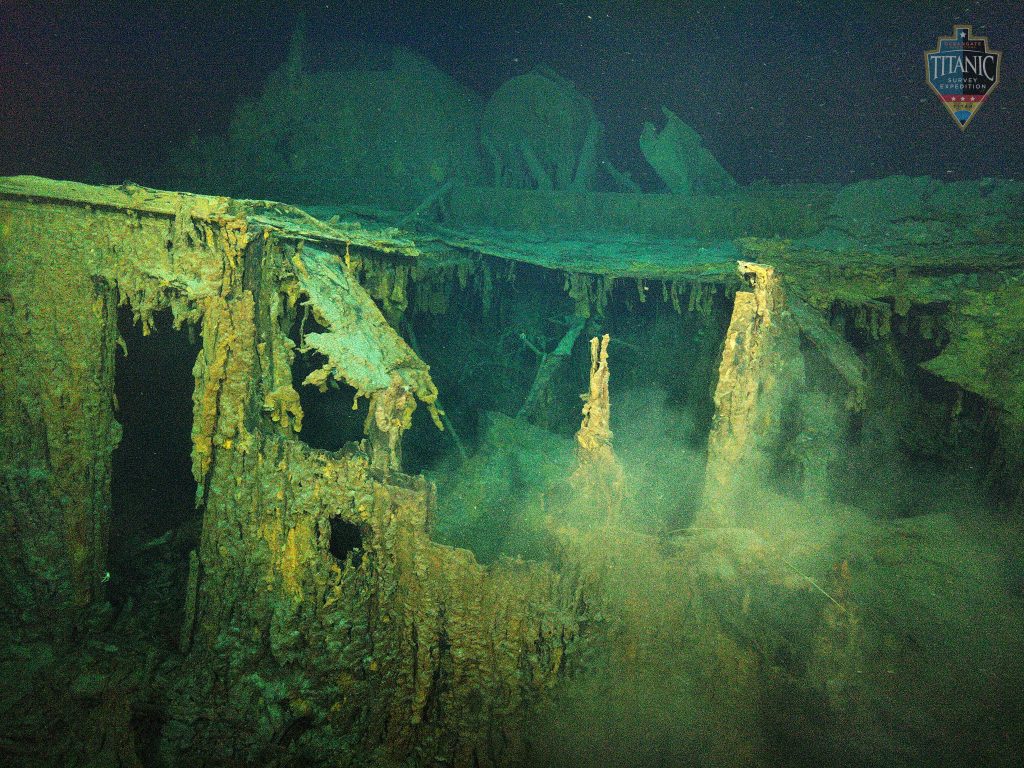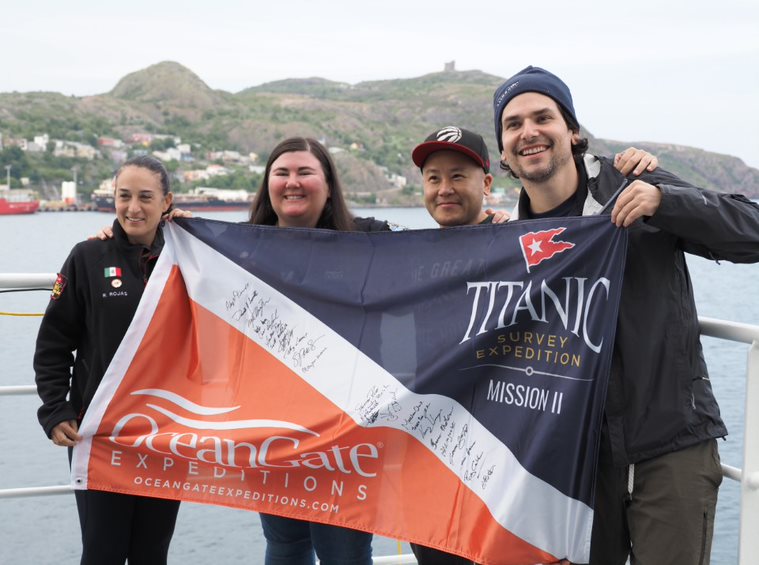Citizen Explorers and Researchers Will Dive the Site of the Titanic in 2022

A new crew of citizen explorers and researchers will dive to the wreck in Titan, the world’s only 5-crewmember submersible capable of reaching depths of 4000m as OceanGate Expeditions recently announced that it's second, now annual, expedition to the wreck of the Titanic will be in 2022.
OceanGate Expeditions will charter the Cyclops-class carbon fiber and titanium submersible, Titan, to carry crewmembers to the historic maritime heritage site which sits at 3,800 meters on the floor of the North Atlantic Ocean.
Citizen explorers, trained as Mission Specialists, will join a cadre of archaeologists, marine biologists, and Titanic experts on the second annual expedition to study and document the Titanic in more detail than ever before. The Titan submersible is outfitted with the latest camera technologies to capture ultra-high-resolution imagery that will help determine the wreck’s rate of decay and assess the marine life that dwell on the wreck.
“During OceanGate Expeditions’ 2021 Titanic Expedition, Mission Specialists helped our crew gather and review terabytes of the highest resolution still images and video of Titanic and the debris field ever collected,” says Stockton Rush, President, OceanGate Expeditions. “The 2022 Titanic Expedition will mark the second year of the digital preservation initiative and the first-ever consecutive-year crewed dive missions to the Titanic. The continuing support of Mission Specialists, our partners, and experts ensures that this important maritime heritage site is documented for generations to come,” continues Rush.

“Over the past 30 years, I have completed more than 30 dives to the Titanic. The bow is the most exciting part of the Titanic to see. Year after year I have seen a lot of deterioration. It isn’t going faster, but you can see more of the inside of the ship as the wreck decays. Also, the mast has fallen down on the well deck. When you see the wreck with your own eyes it is very different than seeing it through an ROV camera. You need to see it with your own eyes,” says P.H. Nargeolet, veteran Nautile submersible pilot. “You have a lot of room inside the Titan submersible. We can have five people in the sub and there is a big view port. The sub is very well done, it is simple and easy to pilot, and there is a lot of innovation in Titan,” continues Nargeolet.
“How many people can say they have gone 12,000 feet into the ocean? The sub (submersible) felt very solid. The sub was more comfortable than I expected. We were in the sub for 11 hours. It didn’t feel anywhere near that long. There was plenty of room,” says Doug Jackson, OceanGate Expeditions Mission Specialist. “The sheer magnitude of the destruction was amazing. The steel was three inches thick, and it was just twisted like a toy,” shares Jackson.

“It was something out of Discovery Channel or National Geographic. It was very surreal and amazing. This is one of the most interesting and unique experiences I have ever had. Less than 200 people have ever been down to the Titanic and seen the wreck in 110 years. Even diving to almost 4,000 meters in a submersible is an experience onto itself. That’s what life is about,” says Aaron Newman, OceanGate Expeditions Mission Specialist.
The upcoming Titanic Expedition will run through the summer. More than half the Mission Specialist roles for 2022 have already been filled and are beginning to fill in for the 2023 expedition. Aspiring Mission Specialists interested in supporting the Titanic Expedition should contact OceanGate Expeditions for qualifications, availability, and additional details.

ABOUT OCEANGATE EXPEDITIONS
OceanGate Expeditions, Ltd is dedicated to direct human exploration of the undersea world. Not satisfied with scratching the surface of the ocean near the shoreline, OceanGate Expeditions charters manned submersibles to create expeditions at depths far deeper than can be reached with SCUBA. The organization conducts undersea expeditions to explore and document the 95% of the seafloor that man has never visited including iconic shipwrecks, hydrothermal vents, deep-sea canyons, and uncommon biological events around the world. These expeditions, to depths approaching 4,000 meters (13,123 feet), provide rare opportunities for citizen scientists to observe the mysteries of the deep sea and expand our understanding of our home, Earth, the blue planet. Visit www.oceangateexpeditions.com.
